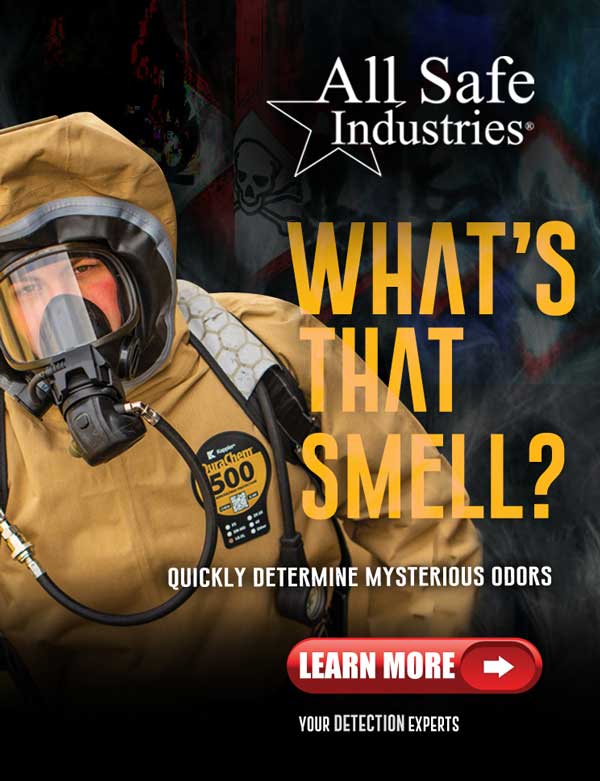By Richard T. Cartwright, PE, CHMM, (IHMM, AHMP and APICS) Fellow
The saying, “Those who forget history are doomed to repeat it” is more than a cliché. It is a reminder that we must constantly be learning from the past. Here’s a look back at major historical events that happened today in the world of hazardous materials.
April 19, 1995
A rental truck full of ammonium nitrate, fuel oil and a detonation device destroyed Alfred P. Murrah Federal Building in Oklahoma City, Okla., where 168 people died. Timothy McVeigh, an American terrorist, was later convicted of the bombing and executed by lethal injection.
April 19, 1971
Soviet Union put the world’s first space station, Salyut 1, into orbit. Six more Salyut stations were later launched. These led to the space station, Mir, being launch in 1986.
April 19, 1943
Swiss scientist Albert Hofmann deliberately ingested 250 micrograms of Lysergic Acid Diethylamide (LSD). Three days earlier at the Sandoz Laboratories in Basel, Switzerland, he had accidentally absorbed some LSD through his skin. After the accidental exposure, he experienced restlessness, dizziness and “extreme activity of imagination.” Five years previously, Hoffmann first synthesized LSD as a drug intended to relieve respiratory ailments. On this day, he fully realized that his drug was also a hallucinogen.
April 19, 1912
Glen Seaborg, an American nuclear chemist, was born. Seaborg and his colleagues at the University of California, Berkeley, produced nine transuranic elements (plutonium to nobelium) by bombarding uranium and other elements with nuclei in a cyclotron. He coined the term actinide for elements in this series. He was influential in selecting plutonium rather than uranium in first atomic-bomb experiments. Seaborg was chairman of the US Atomic Energy Commission. Element 106, Seaborgium, was named in his honor.
April 19, 1892
American inventors Charles and Frank Duryea test drove the first American gasoline-powered automobile built in their Springfield, Mass. workshop. It was the first automobile manufactured for sale in the United States. The Duryea Motor Wagon Company made a total of 13 automobiles.
Historical hazardous materials management events are posted 365 days a year at this LinkedIn discussion group.



